The Impressionist Revolution
What Impressionism Is, How Social and Technological Shifts of the 19th Century Gave Rise to It, And How It Affects Us Until This Very Day.
(The Luncheon on the Grass, Édouard Manet, 1863)
At first glance, Impressionist paintings may seem blurry, mundane, or boring. But when taking a closer look at Impressionism as a movement, we see an array of exciting new developments, such as their connection with modern life, the dynamicism that it has brought to our lives, and how the Impressionists were inspired and influenced by the emergence of the camera. This will also lead us to discuss how the Impressionists were the first social media influencers who took the first “stories.”
We will examine these elements, among others, within Impressionism, hoping to convince you that this was indeed a revolutionary movement with a profound, long-lasting impact on our culture even to this very day.
Let us begin.
The Passing Moment
(The earliest surviving photograph: “View from the Window at Le Gras,” Nicéphore Niépce, 1827.)
The invention of the camera had significant effects on the art movements of the 19th century. The Impressionists were particularly fascinated with the camera’s ability to capture a moment that would otherwise be eternally lost. This became a foundational theme for the Impressionists.
(Impression, Sunrise, Claude Monet, 1872)
This painting by Monet, which inspired the name “Impressionism,” was one of the first exhibited at the original Impressionist Exhibition, which took place in April 1874 in Paris. It portrayed the sunrise, a moment that would soon fade away.
Because he was in a hurry to capture the sunrise, Monet used fast and thick brush strokes. Impressionist landscapes were hastily made outdoors (en plein air). This caused the painting to lack detail and look blurry, which is very different from a camera that can create detailed photos.
The Impressionists understood they had no chance in a competition between them and a camera. Therefore, the Impressionists were not trying to create a perfect copy of the subject in front of them. Instead, they realized they could do something that a camera could not: provide the viewer with their “impression” of the subject.
What Is An Impression
Until the days of the Impressionists, the academic painter attempted to recreate reality with as much detail as possible. The Impressionists tried to achieve something different. They aimed to capture their perception of reality. Notice that it’s still fundamentally about portraying reality. The focus is on the artist's personal experience and what he deemed more important to capture. The background doesn’t really matter. If a painter wants to portray only one or a few objects within it, the rest is atmospheric, and to create that atmosphere, the Impressionists discovered that it could be enough to blur the background and use their quick and thick brush strokes.
The First Influencers
(The Orchestra of the Opera, Edgar Degas, 1870)
Another common attribute in the works of the Impressionists, influenced by the camera, was their use of open compositions. In an open composition, the painting doesn’t stop at the borders. The painting portrays only a part of a much larger scene. This is what a camera is doing. It captures one isolated frame out of a wider picture.
It’s particularly apparent in this Degas painting, where it looks like Degas took his iPhone out during the ballet and uploaded a picture into his story. In general, this trend of focusing on single, random moments in our lives, which we can see everywhere on social media, can be traced all the way back to the Impressionists. Their paintings were the first “stories.” A painter’s seemingly random moment in life became the main subject of his art.
(The Luncheon, Claude Monet, 1873)
“The Luncheon” is another great example of this. Why would the viewers care about Monet’s lunch? In this painting, Monet is exactly like those Instagram influencers who upload photos of their lunch and make a living out of it. The difference is that Monet painted this picture for the sake of contemplation, and the influencer is creating his stories to sell advertisements. But notice how the style is similar. The Impressionists made it possible for subjects as mundane as one’s lunch to be valid subjects for public display.
Light As A Subject
(Rouen Cathedral (series), Claude Monet, 1892–1894)
Claude Monet's Rouen Cathedral series stands as an example of the manifestation of the Impressionists' fascination with fleeting moments. Through multiple paintings of the same subject, captured at different times of day, Monet emphasized not the cathedral itself but the ever-changing play of light on its facade. The emphasis on light rather than the subject marked a revolutionary shift in the art world, elevating it to the status of the primary subject and demonstrating Monet's ability to capture the distinct atmospheric impressions conferred by each time of day.
The Industrial Revolution and Modern Middle-Class Life
The Industrial Revolution, which took full effect during the period of the Impressionists, transformed every aspect of daily life. For the first time in history, people without any aristocratic blood could live to much higher standards. Restaurants, nightclubs, cafes, and other leisure activities prospered all over Western Europe. This was when the middle class, as we know it today, was born.
(The Railway Station of Saint Lazare in Paris, Claude Monet, 1877)
Trains became a crucial part of daily life in the 19th century. Suddenly, enormous distances that used to take days, if not months, to travel now took only hours. In Saint Lazare station, we see the very ordinary daily scene of a train arriving at the platform. But to the art world, this was one of the least ordinary subjects possible. A train had never been depicted in art history. There were no trains back then, but even painters of that same era, such as the academists, never painted trains. A crucial part of daily life was completely ignored as a subject in art, and the Impressionists capitalized on that.
(Luncheon of the Boating Party, Pierre-Auguste Renoir, 1881)
Renoir was especially interested in the new middle-class lifestyle. Renoir depicts a middle-class group of friends enjoying a lovely Sunday lunch in one of the most famous pictures from the Impressionist era. It celebrates the good life that the Industrial Revolution and the political and relative economic freedom of the late 19th century made possible. The scene is bright and colorful. People laugh and enjoy some good French wine. This picture is a celebration of the good life, which became possible for the masses for the first time in history.
Impressionism As Anti-Academicism
(The Birth of Venus, William-Adolphe Bouguereau, 1879)
Academicism, or academic art, is the name art historians provide to describe the long traditions of art-making transcribed by various fine art academies throughout Europe. One major element of the academic tradition was the idealization of the human body and the pursuit of achieving ideal beauty. Bouguereau, who was a contemporary of the Impressionists, represents one of the finest portrayals of what Academicism stood for. Their creation process was long and incredibly meticulous, all made inside the studio.
The subjects the academics portrayed were mostly mythological, historical, or biblical scenes. The common denominator in their subject choice is that they were not interested in portraying real, contemporary life. They were completely detached from the vast social change that was occurring under their noses.
(Summer Scene, Frédéric Bazille, 1869)
The Impressionists were interested in daily, modern life. They painted non-idyllic, regular daily scenes. They still created beautiful pictures, but the main focus was on quickly depicting a daily scene, a moment in life.
The Impressionists painted outdoors, unlike the academics. This put the Impressionists in touch with their subjects. They were a part of the scene. As part of the specific scene they depicted and, more broadly, a part of the social scene around them, they were an active part of real life in the real world, the world outside the studio.
Impressionism As a Fundamentally Mimetic Movement
(Paris Street; Rainy Day, Gustave Caillebotte, 1877)
This focus on daily life makes Impressionism a fundamentally realistic movement, i.e., a movement that attempts to portray reality (the technical term for this realistic approach to art is “mimesis”). The Impressionist style can indeed be blurry at times due to the hasty nature of the creative process, but still, when the impressionists set out to paint, they were interested in portraying reality. Or, to put it differently, they wanted to portray their impression of modern, dynamic reality.
Their color work was not exactly realistic but rather “representational.” They did not aim to mimic the exact color as it was in front of them, but to accentuate the realistic color, to make it more vivid, and to help it stand out more. But there were still disciples of mimesis, in the sense that they did not change green to blue or orange to purple.
In the decades following the impressionists, we will see the pro-reality elements within impressionism disappear. The impressionistic tendency to portray a less accurate representation of reality will make it possible for artists such as Matisse to distort reality completely, and by the time we reach the likes of Picasso, we will see reality vanish almost entirely out of painting.
Despite these “anti-realistic” elements inherent in impressionism, it is undeniable that the impressionists, unlike Picasso, were actively attempting to portray reality to the best of their ability within their various constraints, such as the attempt to capture a passing moment. This makes the impressionist movement one of history's last art movements to maintain that basic reality-oriented approach.
Conclusion
(“Hip, Hip, Hurrah!”, Peder Severin Krøyer, 1888)
In conclusion, the Impressionists deeply and irreversibly transformed the world of art. They responded to societal developments such as the invention of the camera and the Industrial Revolution, making them part of their artistic narrative. This engagement with contemporary society and technology distinguished them from their academic contemporaries, making their work relevant and relatable.
The Impressionists, much like today's social media influencers, found beauty and significance in the everyday moments of their time, bringing these instances into the public eye through their art. However, unlike fleeting social media posts, their work captured these moments with lasting depth and texture, transforming the mundane into the extraordinary.
Impressionism's revolutionary approach laid the groundwork for many art movements that followed. The blurring of lines between reality and perception, symbolized in their hasty and often blurry brush strokes, questioned the established norms of art and sowed the seeds for future developments in art history.
Their legacy is a testament to their pioneering vision, demonstrating how art can capture the world as we see and feel it. Thus, the influence of the Impressionists continues to echo in the art world today, underscoring their pivotal role in the evolution of visual expression. It is true that they eventually led to some very negative trends in art history, but this should never take away from what they managed to achieve.
---
Further reading
To learn more about the transition between the pro-reality impressionist movement and the anti-reality cubist movement, you can read my essay “The Borderline Case - When Does Art Stop Being Art?”


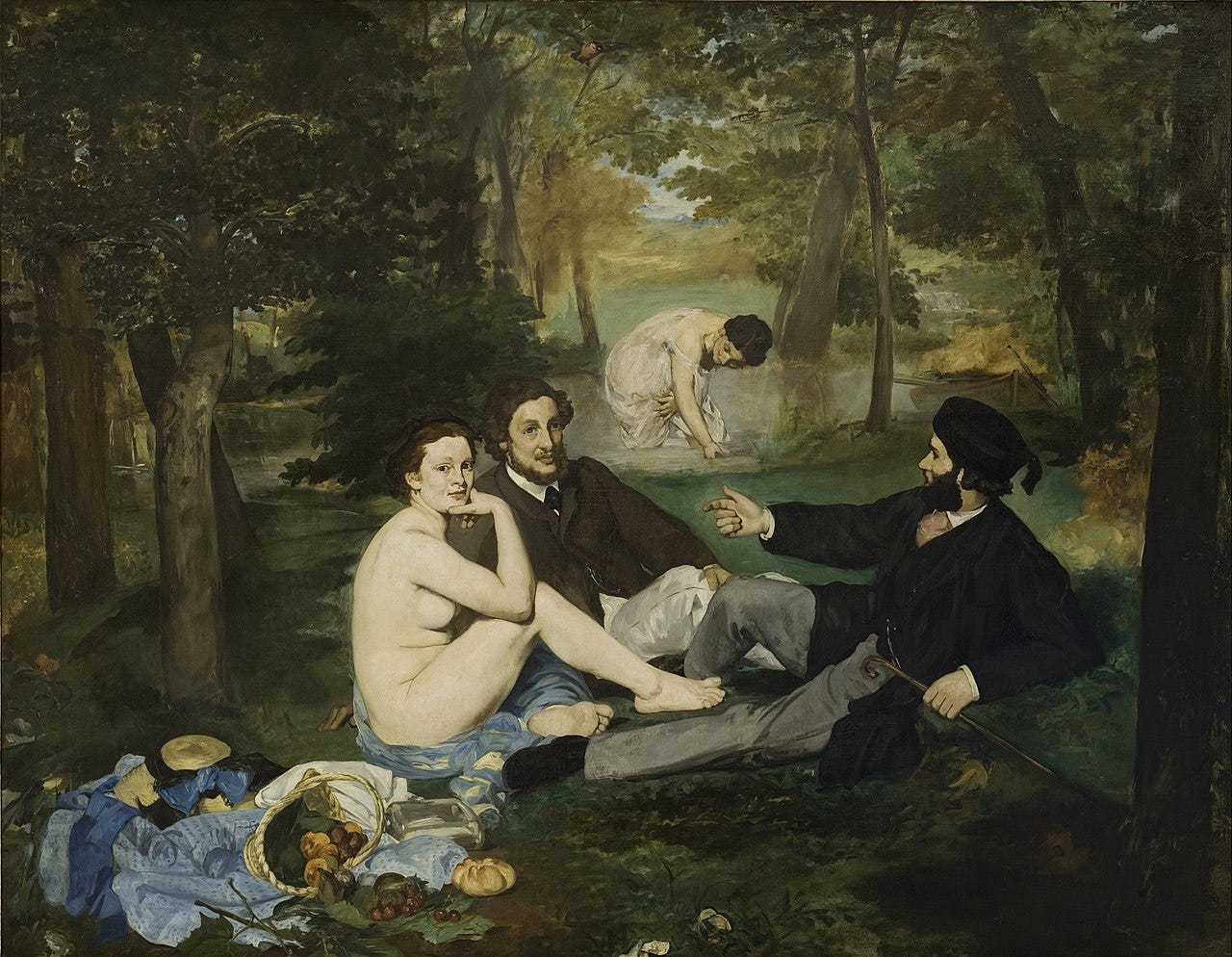


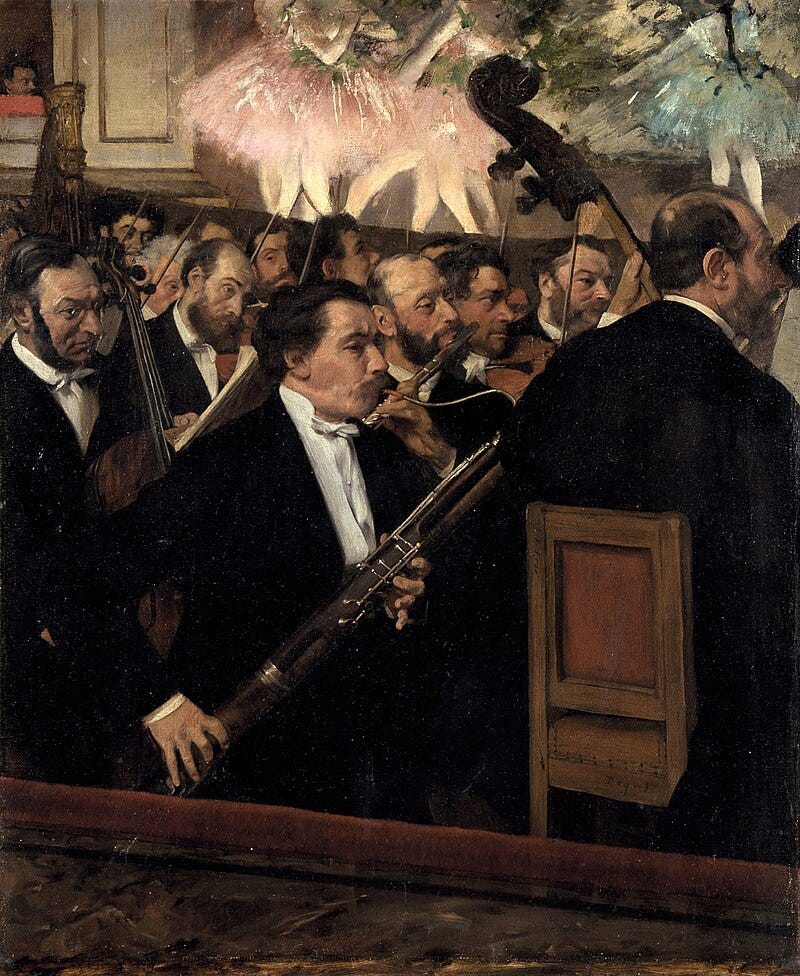
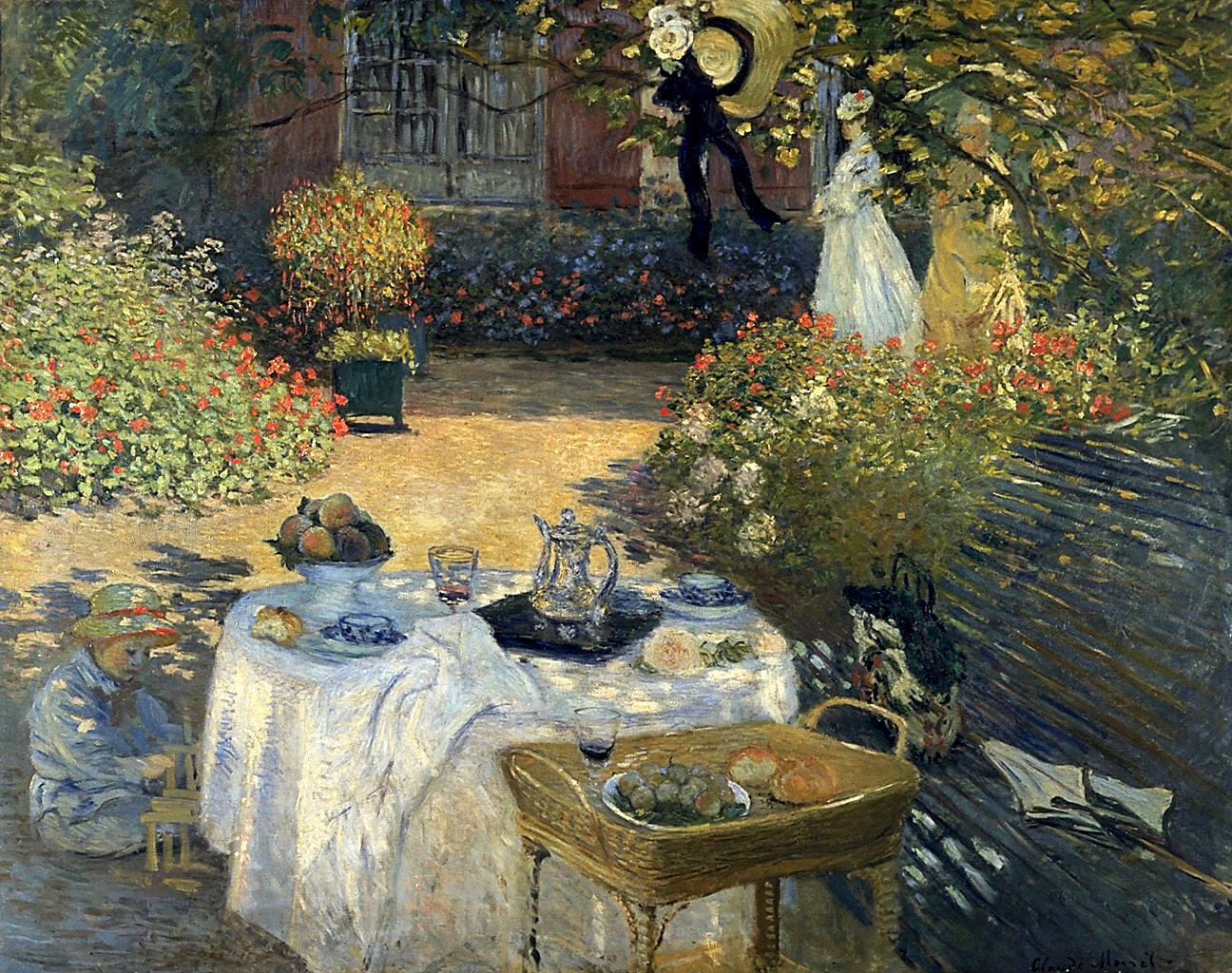




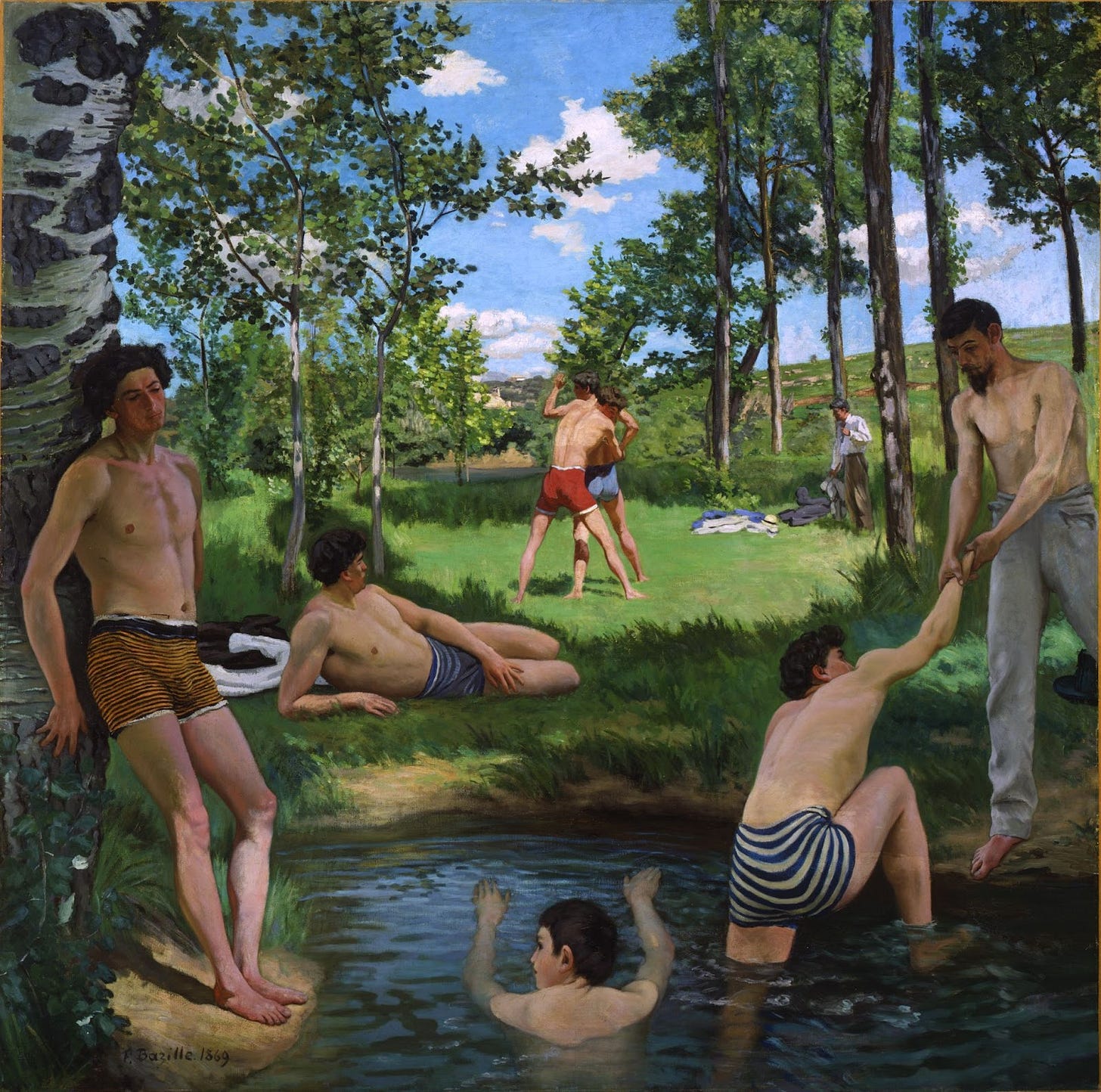
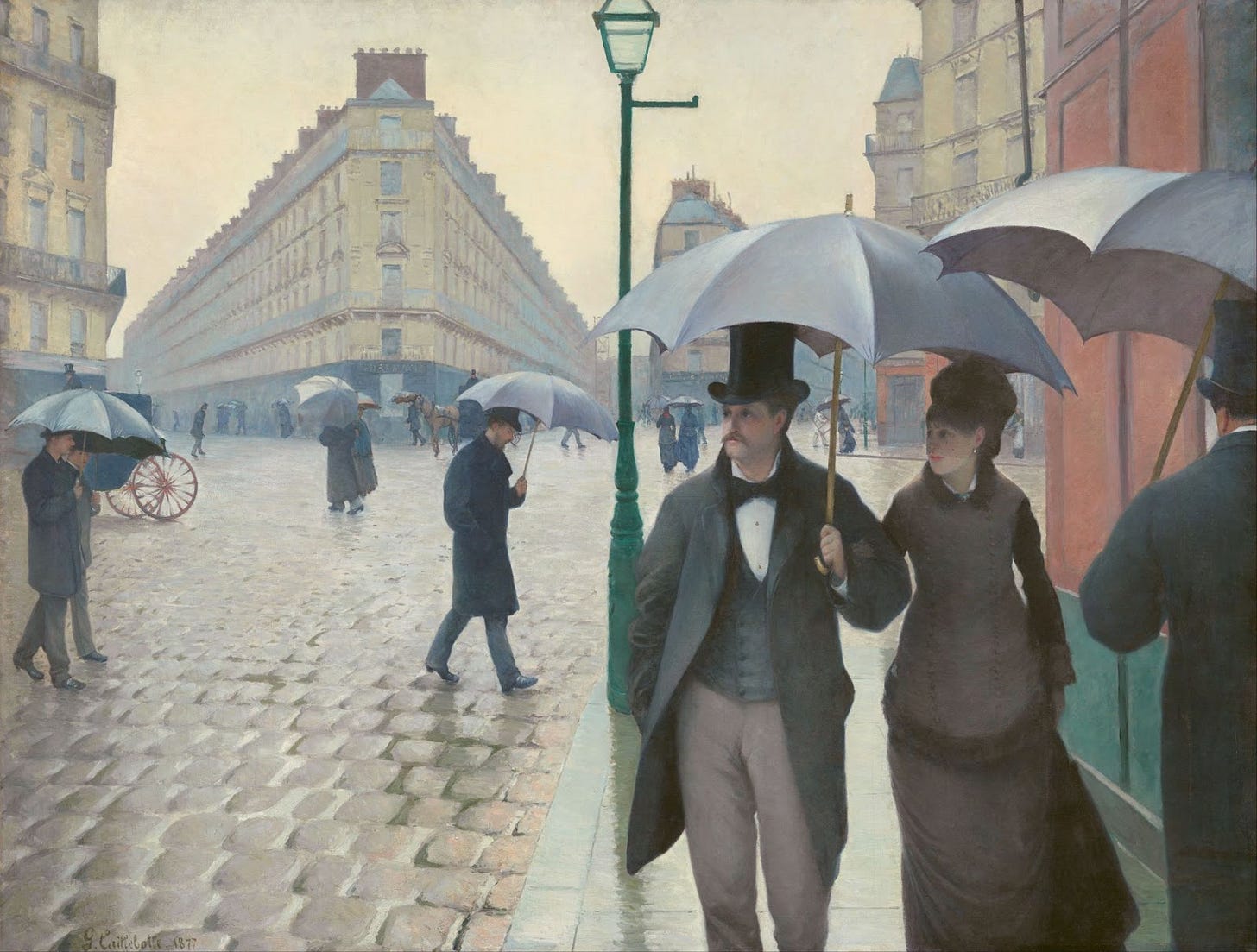

This Kroyer with open air lunch table seems rather Realistic to me. No wonder, almost every Impressionist would once in a while skip back/forth to Realistic tracks just for the moment. You never know why or how much an artist gets disgusted with what he or she does the other day.